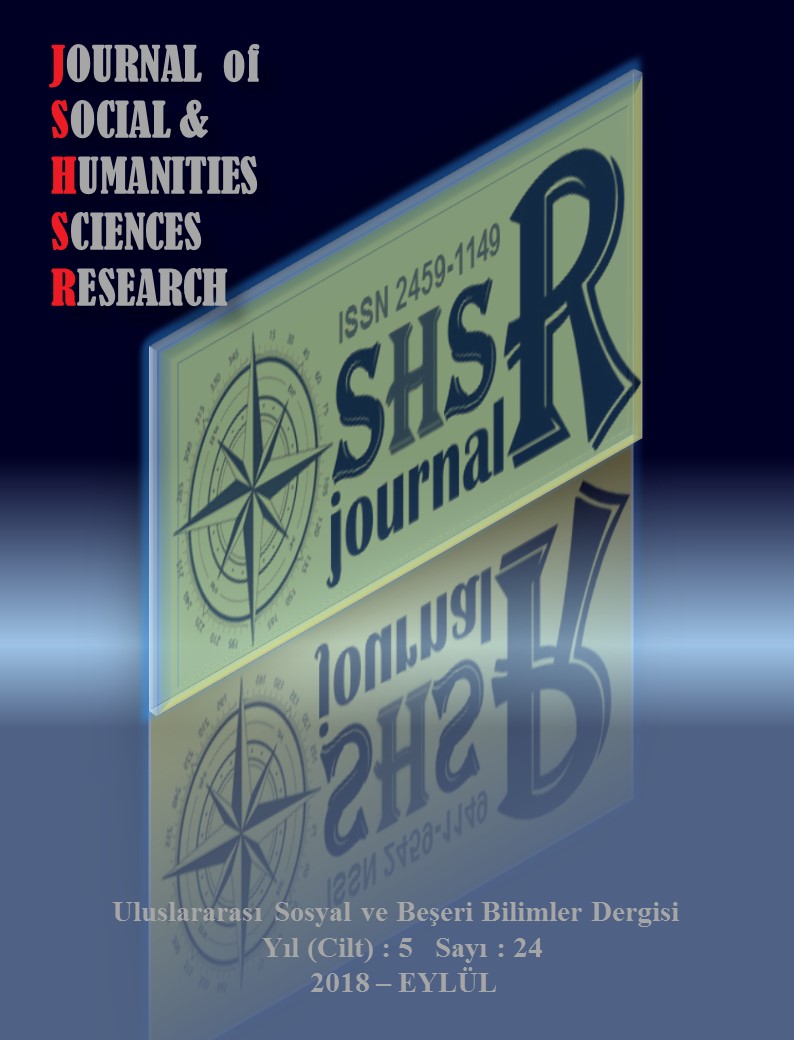HOW TRADITIONS RE-SURFACE IN MODERN CULTURE; ATTRIBUTES TO THE COLOR “PURPLE” IN SYMBOLISM
DOI:
https://doi.org/10.26450/jshsr.525Keywords:
Purple, Symbol, Psychology, MythologyAbstract
The oldest historic records of purple symbolism can be observed in ancient Indian phylosophy. Antiquities associated purple with afterlife. During Roman empire, purple is percieved as a holy color as well as symbolising power, violence and potency. It still means prestige and authority. For those reasons, my study is intended to cover holy and earthly meanings of the color purple. The first one being constructive that is based on archetypes and mythology. For that reason it has contunuity through social codes as Gustav Carl Jung (1875-1961) quoted while interpreting archetypes. Other examples of this message of purple can be listed as Vincent Van Gogh’s (1853-1890) ‘Iris’, Mondrian’s (1872-1944) selected works and the fact that feminists chose this color to express themselves. The first earthly meaning of purple is first attributed to Persian royalty. During Roman times, purple acquired meanings such as wealth, power, violence and even sexuality. One possible explanation that a single color like purple can symbolise such distinct attributes can be the fact that the purple pigment of ancient times could create a wide variety of colors from red to blue. The shades of purple that are most preferred and considered divine are the ones closer to red.
Downloads
Published
How to Cite
Issue
Section
License
Copyright (c) 2018 INTERNATIONAL JOURNAL OF SOCIAL HUMANITIES SCIENCES RESEARCH

This work is licensed under a Creative Commons Attribution 4.0 International License.


